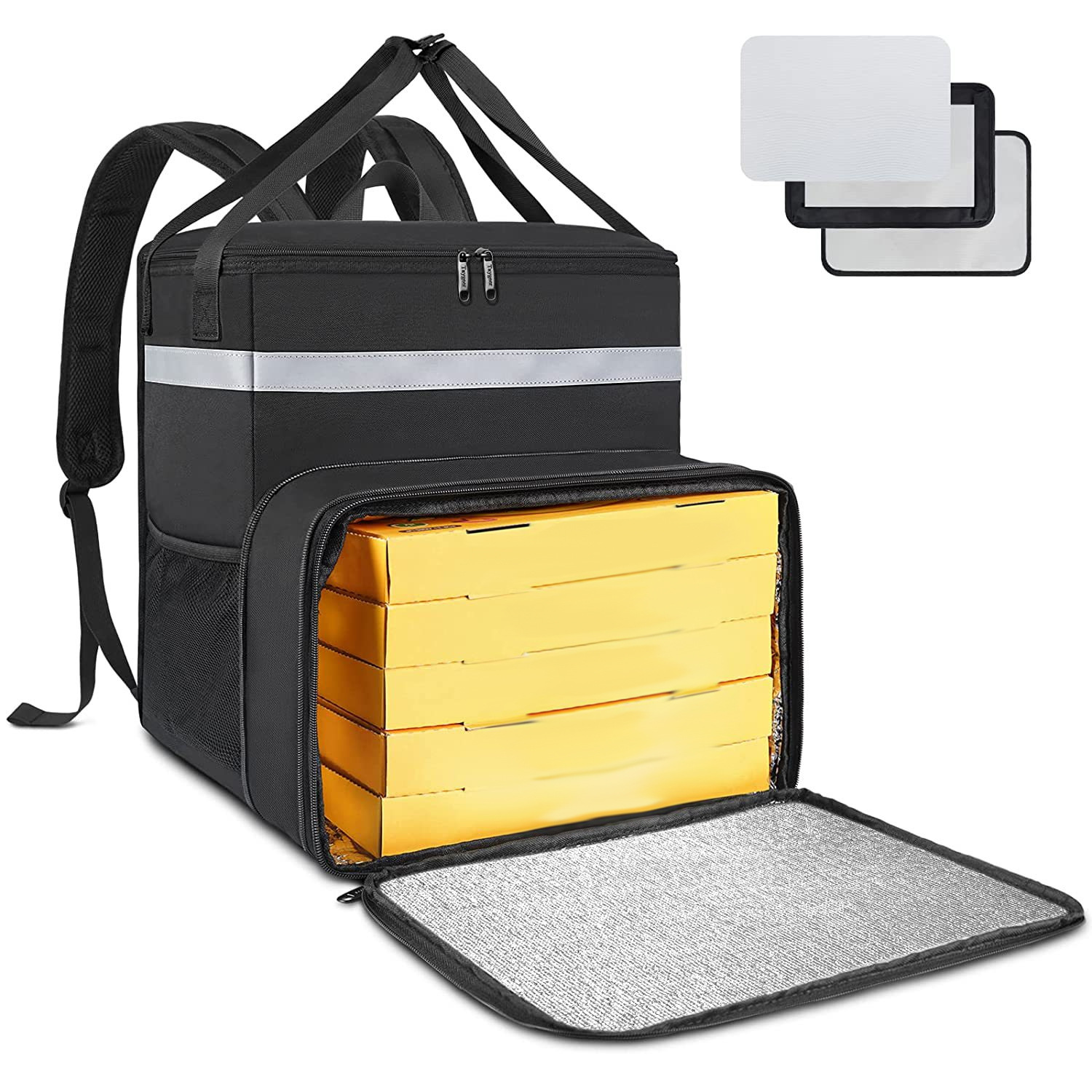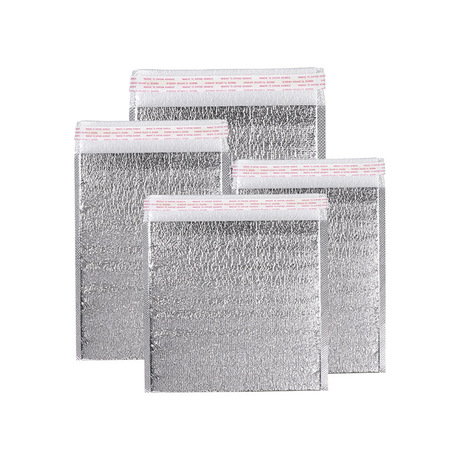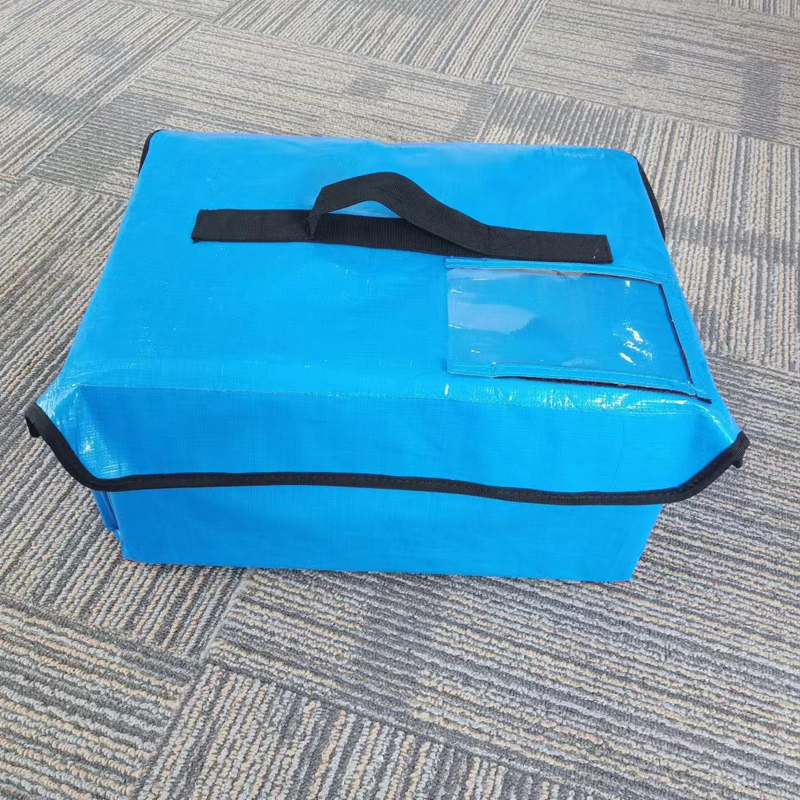Phase Change Materials (PCMs) are a special type of substance that can absorb or release a large amount of thermal energy at a specific temperature, while undergoing changes in physical state, such as from solid to liquid or vice versa. This property makes phase change materials have important application value in temperature control, energy storage, and thermal management fields. The following is a detailed analysis of phase change materials:
physical property
The core characteristic of phase change materials is the ability to absorb or release a large amount of latent heat at a fixed temperature (phase change temperature). In the process of heat absorption, materials change from one phase to another, such as from solid to liquid (melting). During the exothermic process, the material changes from liquid to solid (solidification). This phase transition process usually occurs within a very narrow temperature range, allowing phase change materials to have good thermal stability at almost constant temperatures.

Main types
Phase change materials can be classified into the following categories based on their chemical properties and application fields:
1. Organic PCMs: including paraffin and fatty acids. These materials have good chemical stability, reusability, and an appropriate range of phase transition temperatures.
2. Inorganic PCMs: including saline solutions and metal compounds. Their thermal conductivity is usually better than organic PCMs, but they may face separation and corrosion issues.
3. Biobased PCMs: This is an emerging type of PCMs that originate from natural biomaterials and have environmental and sustainable characteristics.

application area
Phase change materials are widely used in multiple fields, mainly including:
1. Building energy efficiency: By integrating PCMs into building materials such as walls, floors, or ceilings, indoor temperature can be effectively regulated, reducing energy consumption for air conditioning and heating.
2. Thermal energy storage: PCMs can absorb heat at high temperatures and release heat at low temperatures, helping to balance energy supply and demand, especially in the utilization of renewable energy such as solar and wind energy.
3. Thermal management of electronic products: Using PCMs in electronic devices can help manage the heat generated during operation, improve efficiency, and extend device lifespan.
4. Transportation and packaging: The use of PCMs in food and pharmaceutical transportation can maintain products under suitable temperature conditions and ensure product quality.

Technical challenges
Despite the significant advantages of phase change materials, they still face some technical challenges in practical applications, such as lifespan, thermal stability, and the need for packaging and integration technologies. These challenges need to be overcome through advances in materials science and engineering technology.
Phase change materials are highly anticipated in the fields of green energy and sustainable technology due to their unique thermal performance and broad application prospects.























